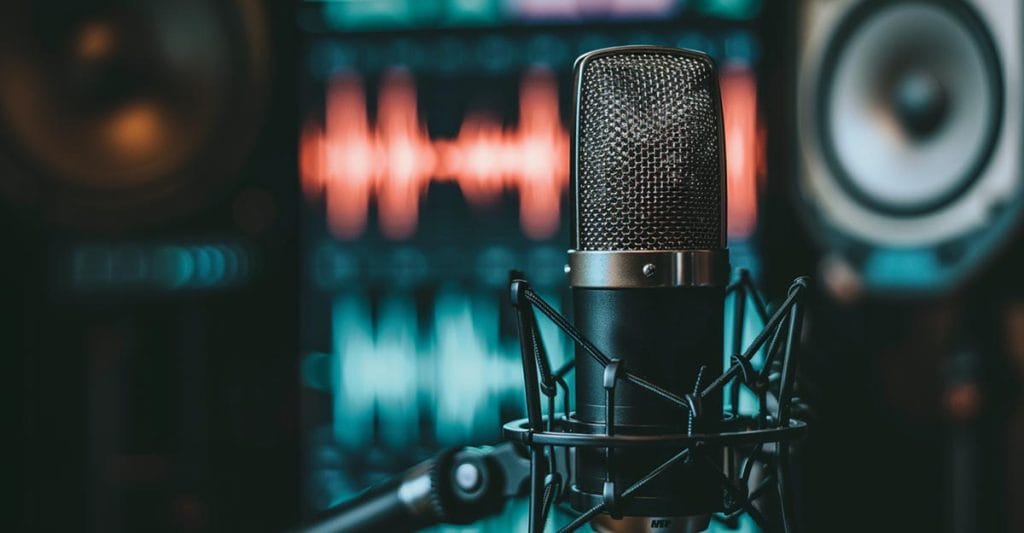[dropcap]Y[/dropcap]ou’re about to begin hearing a lot about our “infrastructure” and the need to update it. Sunday on Full Measure, we’ll explain what all the talk is about and examine ways to pay the costly bill when we’re already so far in debt. President Trump proposed expanding unique public-private partnerships that would put private money into the equation and supposedly save tax money, but lately he’s been backing off the idea. We’ll have the latest.
Scott Thuman reports from the Mideast on reaction to the U.S. recognition of Israel’s capital of Jerusalem. A few weeks ago, we reported the Israeli perspective; this week we report the Palestinian side from the West Bank. They are not happy.
And an update to our 2016 report on the fire emergencies that are breaking the bank at the U.S. Forest Service. Federal officials say it leaves them without money for normal budget items that help prevent fires in the first place. What happened to the idea of funding the cost of fighting wildfires with FEMA disaster aid money? Lisa Fletcher reports.
We’re growing every day! Watch us on TV or online at 9:30a ET Sundays.[hr]





Just finished Smear – a thought provoking look at how we media consumers can be played and manipulated. A quick question: I wonder who’s wagging the tail? Are we becoming so politically siloed that the media’s marketing department is feeding us what we’ll watch or read or are these silos the direct result of the media we’re exposed to? I’m more worried about the first scenario than the second. Thanks again for the great book and your reporting on Full Measure
Solution for The Wall and infrastructure. johnfrantay.wordpress.com/the-wall-solution/
Hello.
Where do you post employment opportunities please?
Great work. Keep it up.
Michelle
I’m at Narita awaiting my connection to Bangkok, and have thoroughly enjoyed reading Stonewalled. Really refreshing to read a book that treats us readers as adults!
I’m 70% though the book, and will finish it on the flight tonight.
Thanks for writing it. I’ll look froward to Smear.
I’ve worked in transportation all of my adult life. For the most part it has been trying to go 90 miles per hour with the breaks on. That’s true for all infrastructure, but at least you can see the transport network. There are many water and sewer lines (Flint) that are archaic. New York and DC’s heavy rail systems are at the end of useful life, as evidenced by serious maintenance issues in both. Our airports are overburdened and our inland waterway system is dilapidated. As pieces fall apart traffic shifts to another point and overburdens that one too.